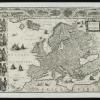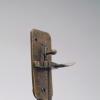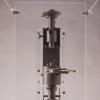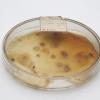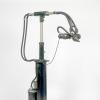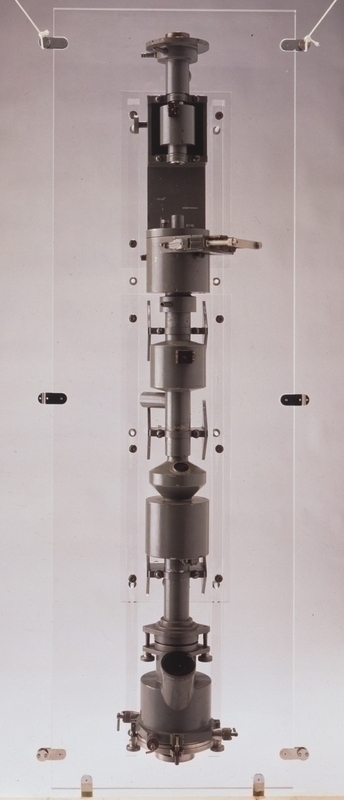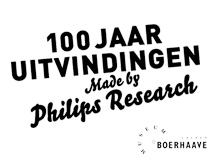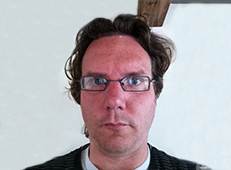New kid on the block: the laboratory
In the 19th century, laboratories sprouted like mushrooms throughout Europe.
This development was driven by the fact that the subjects in the natural sciences and medicine were drifting further apart into different specialisms. The presence of separate laboratories for physical and anorganic chemistry, pharmacology, zoology, or botany were seen as essential for conducting science. In the first decade of the 20th century it was not only governments that saw the importance of labs.
Businesses began to invest in their own research. The German firm Siemens opened up a number of research departments, and was seen as an international model. Dutch firms such as Philips and the Nederlandse Gist- en Spiritusfabriek (Dutch Yeast and Spirit Factory) freed researchers from academic tasks such as teaching and lab practicals.
At the heads of such departments were usually academics like Gilles Holst of the Philips Natural Sciences Laboratory (Natlab) who had made their mark in important academic labs. Holst worked to make his ‘industrial’ lab as academic as possible, and an international centre of knowledge exchange where scientists like Albert Einstein came to speak.
Many successful academic scientists also entered the world of business. Besides Justus von Liebig in Giessen and his meat extract empire, the German pharmacologist Ernst Laqueur, based in Amsterdam, together with Dutch meat wholesaler Saal van Zwanenburg founded Organon to produce hormones such as insulin from animal tissues in 1923.
This firm - having been forcibly taken from its Jewish founders by the Nazis in 1940 and restored after the war - blossomed into a world player in the pharmaceutical industry, and now a part of European multi-national corporation AkzoNobel.
 Previous Story
Next Story
Previous Story
Next Story
How to cite this page
Bart Grob, 'New kid on the block: the laboratory', Inventing Europe, http://www.inventingeurope.eu/philips/new-kid-on-the-block-the-laboratory
Sources
- Le Poole, J.B. From meters to microns. Delft: Delft University Press, 1983.





